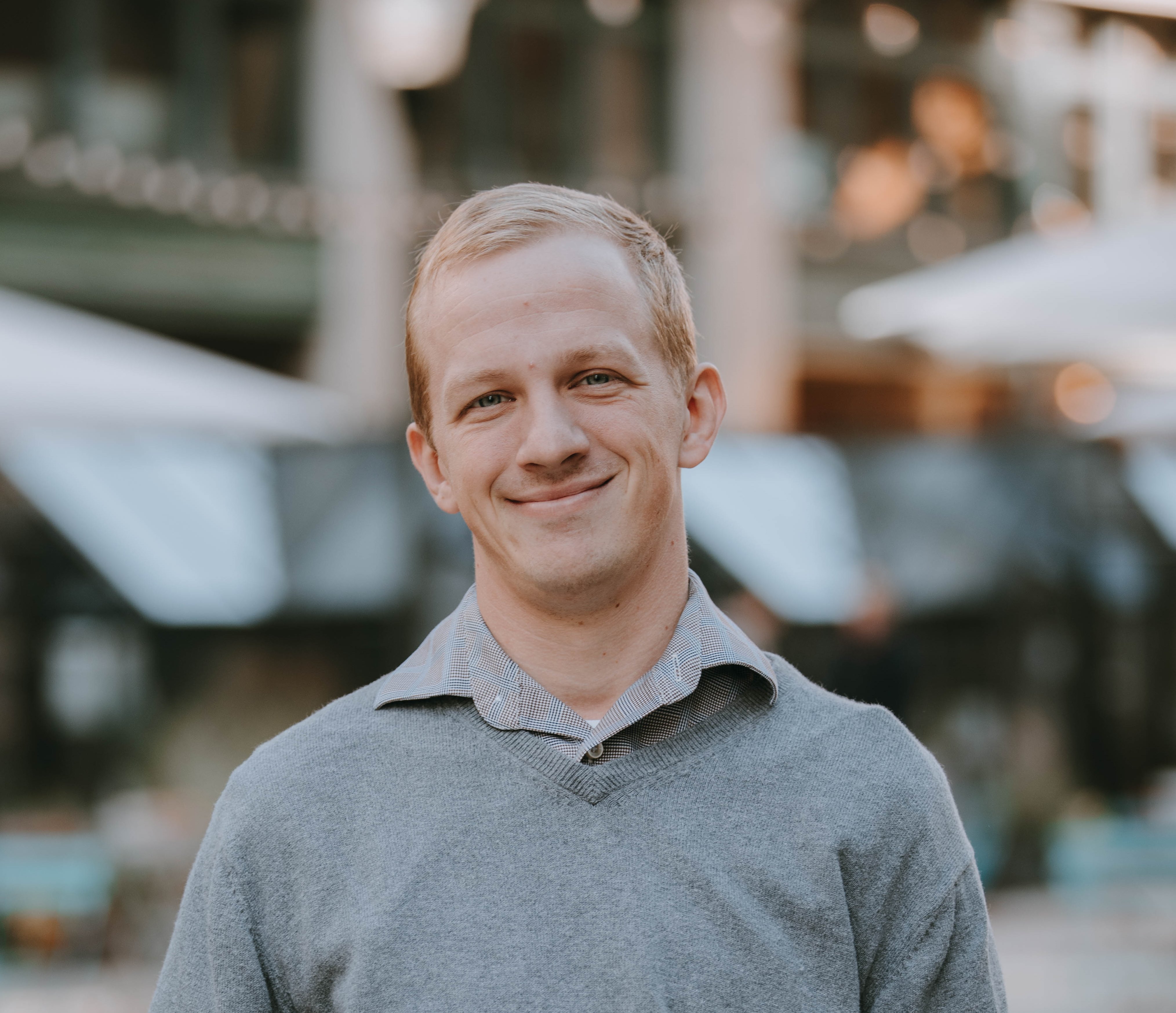 A seminarian takes in the sights and sounds of Jerusalem and the Holy Land during Sacred Heart Major Seminary’s “Desert Formation Experience” in 2016. A unique experience among U.S. seminaries, Sacred Heart first-year theology seminarians complete a 30-day pilgrimage to the Holy Land and Rome, followed by a 30-day silent retreat in South Dakota, to immerse future priests in the heart of the Gospel stories. Courtesy of Sacred Heart Major Seminary
A seminarian takes in the sights and sounds of Jerusalem and the Holy Land during Sacred Heart Major Seminary’s “Desert Formation Experience” in 2016. A unique experience among U.S. seminaries, Sacred Heart first-year theology seminarians complete a 30-day pilgrimage to the Holy Land and Rome, followed by a 30-day silent retreat in South Dakota, to immerse future priests in the heart of the Gospel stories. Courtesy of Sacred Heart Major SeminarySacred Heart seminarians embark on Holy Land pilgrimage, followed by 30-day silent retreat
Detroit — School is out at Sacred Heart Major Seminary, but the lessons have just begun.
After finishing final exams at the end of April, 10 seminarians and two accompanying priests were to leave Detroit on May 2 and make their way to Rome and Israel for a 30-day pilgrimage.
The “desert experience” retreat affords Sacred Heart Major Seminary students who complete their first year of graduate theology studies a chance to feel, hear and taste the sights and sounds of the Gospel stories.
“It’s important for seminarians to have an experience of the Holy Land,” said Matthew Nordquist, a seminarian from the Diocese of Winona-Rochester, Minn., who is among those going on pilgrimage. “The Holy Land is called the ‘fifth Gospel;’ it’s hands-on learning of where Jesus was. We’re going to Nazareth, the Sea of Galilee, Calvary, the tomb, the Garden of Gethsemane, and we’ll be able to experience how the Lord exercised His priestly ministry.”
Sacred Heart’s Desert Formation Experience is unique among seminaries in the United States, seminarian Ryan Eggenberger explained.
“Around 25 to 30 years ago, the people here at the formation team at Sacred Heart decided to start sending men to help with their preaching specifically,” said Eggenberger, who is studying for the priesthood for the Archdiocese of Detroit. “It’s something that is fundraised and supported by parishioners in the archdiocese and beyond. It’s an investment. Hopefully the people get better preaching out of it and can be formed themselves.”
 Seminarian Adam Nowak, who was ordained a transitional deacon in April, takes a “selfie” with fellow seminarians during a pilgrimage to the Holy Land in 2016. Courtesy of Sacred Heart Major Seminary
Seminarian Adam Nowak, who was ordained a transitional deacon in April, takes a “selfie” with fellow seminarians during a pilgrimage to the Holy Land in 2016. Courtesy of Sacred Heart Major SeminaryA journey to the ancient sites of Jerusalem and Rome would be on the bucket list of any Catholic, but seminarian Michael Churchill of the Diocese of Winona-Rochester said the retreat is especially formative for future priests.
“You come in contact with the Scriptures, and the Scripture really comes alive in the Holy Land,” Churchill said. “The Holy Land is where Jesus Christ walked, where he performed his miracles. Those places are real, and we’ll be able to experience these places, relive them in our memories and proclaim those experiences to the people.”
By going to the physical locations in the Gospel stories, Nordquist said the retreat reinforces the historical and incarnate truth of Jesus Christ.
“As Catholics, we’re an incarnational faith,” Nordquist said. “We’re not against images; we’re not afraid to touch the faith. Jesus isn’t a myth. He’s totally a human being. When it comes down to it with our faith, it’s a matter of how much do we believe that this is real? As a priest, as a seminarian, you’re giving your whole life to this. And being in the Holy Land, I’m anticipating an encounter with the Lord.”
After the seminarians’ 25 days in Israel and five days in Rome, the cohort will begin a 30-day Ignatian spirituality silent retreat in South Dakota.
Nordquist will not be joining his fellow retreatants since he went on the silent retreat last year, but will be doing an eight-day retreat.
“For the 30 spiritual exercises, it’s more of a particular retreat started by St. Ignatius of Loyola, who wrote meditations about the life of Christ after his conversion,” Nordquist said. “He really dives into the core of things, of how great God is, how little we are. Taking in the Holy Land and then diving into that, it’s like a 1-2 knockout punch.”
Nordquist said on each day of the retreat, the retreatant is given a set schedule with prayers and meditations, so there isn’t a need to communicate with others.
“You have five periods of prayer on top of Mass and liturgy of the hours,” Nordquist said. “When you are not praying on the set schedule, you are going for a walk and run, still praying, thinking about God in the silence.”
For those about to embark on the pilgrimage and silent retreat, classmates’ stories have informed them about the powerful experiences in store. But even with some knowledge of what’s ahead this summer, the seminarians would rather not speculate on what they will encounter on the ancient streets of Israel, or in the rolling hills of South Dakota.
“In some ways, there is no way to properly prepare for what we’re going to be experiencing this summer,” Eggenberger said. “We can’t predict all the ways we can encounter the mystery of God. God is infinite, mysterious, and there is no limit to ways we can encounter Him.
“We have bodies, we have souls, and whether it’s the sounds of things around us or a voice in our hearts, God is present. It takes time and devotion and energy to engage God and whatever He would like us to experience.”










